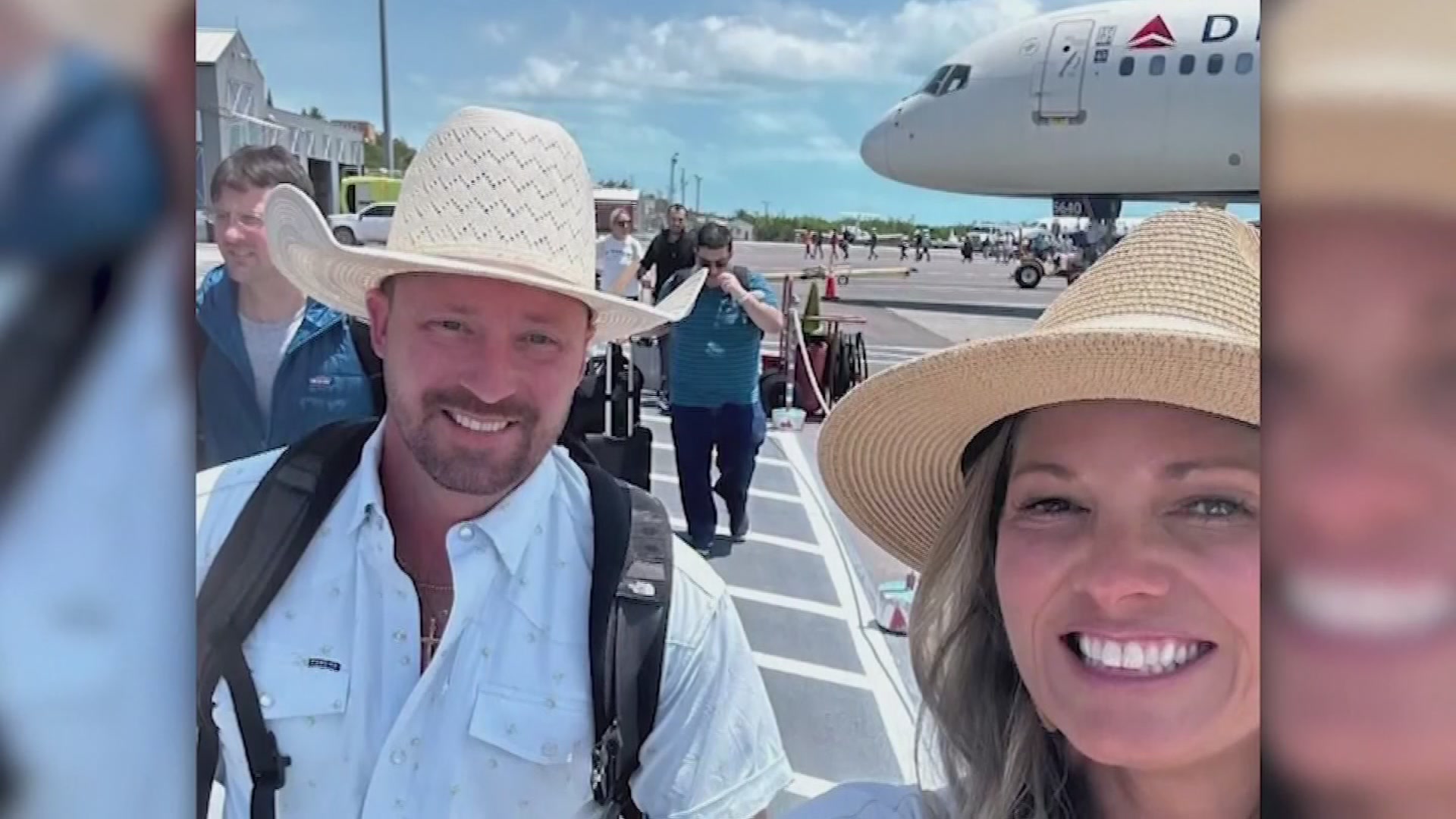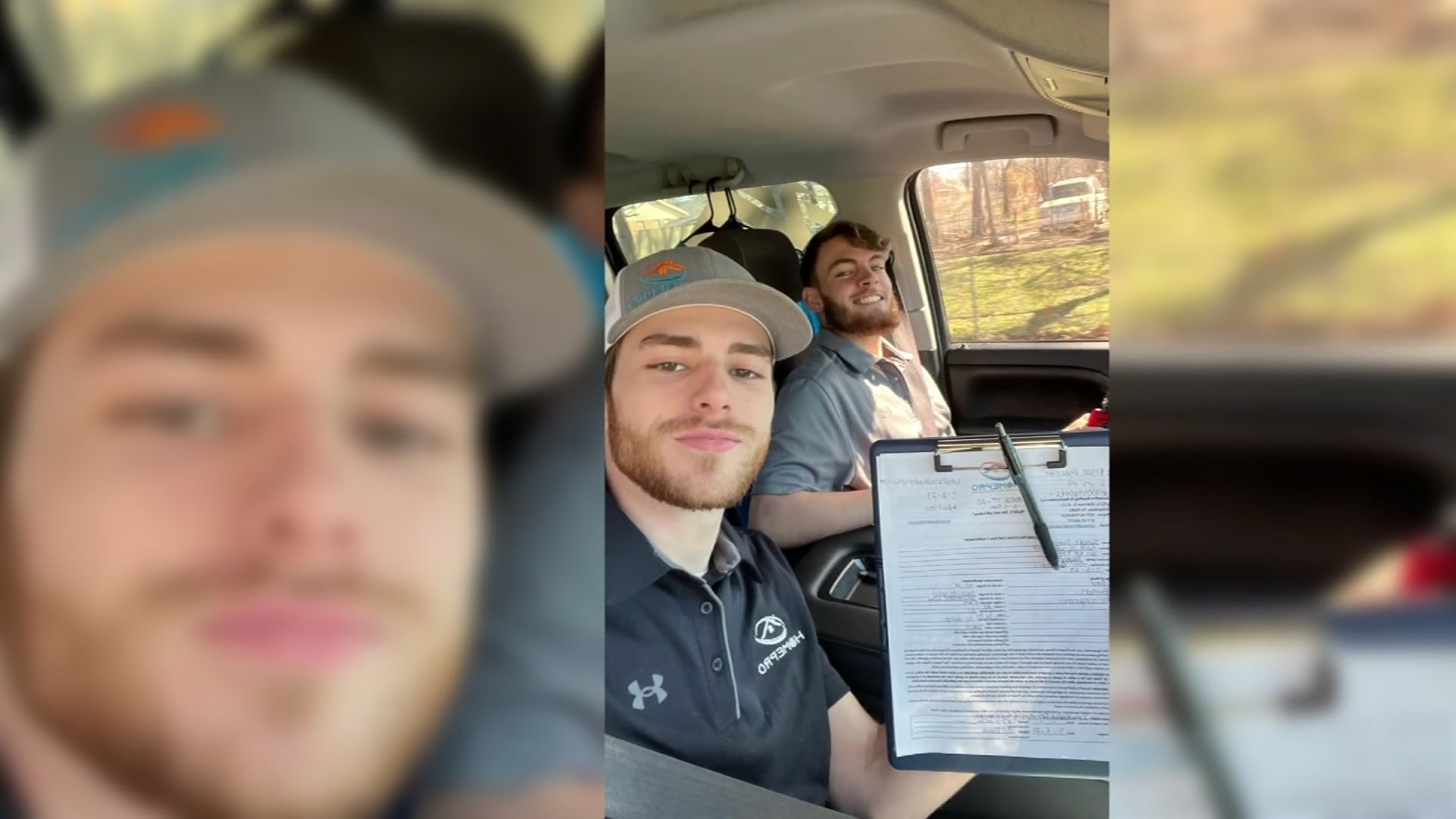Commercial airplanes are considered some of the ripest breeding grounds for viruses like the flu.
It's why the Federal Aviation Administration Center of Excellence at Purdue University studies how germs are spread in pressurized cabins, according to ANSYS, a company that specializes in precise simulation software.
ANSYS released a simulation video that shows what happens when an infected person sneezes in a pressurized cabin.
According to the company's blog, researchers looked at airflow and factors that affect it, like the positions of air conditioning vents and the currents created by passing flight attendants.
In the simulation, a cloud of particles travels above the infected person after a sneeze and then lingers above other passengers.
The passengers most at risk are those sitting on either sides of the infected passenger and those sitting in the row behind, researchers said.
Doctors said passengers' best bet when traveling this holiday season is practicing good hand hygiene and, of course, always covering your mouth and nose when sneezing.
Local
The latest news from around North Texas.
According to ANSYS, FAA researchers use the simulations to optimize the design of ventilation systems in order to minimize the spread of germs.
The company's blog also mentions the FAA is eyeing new technologies like pathogen tracking through sensors and contamination mitigation to improve passengers' chances of not getting sick after traveling in close proximity to someone who is.



